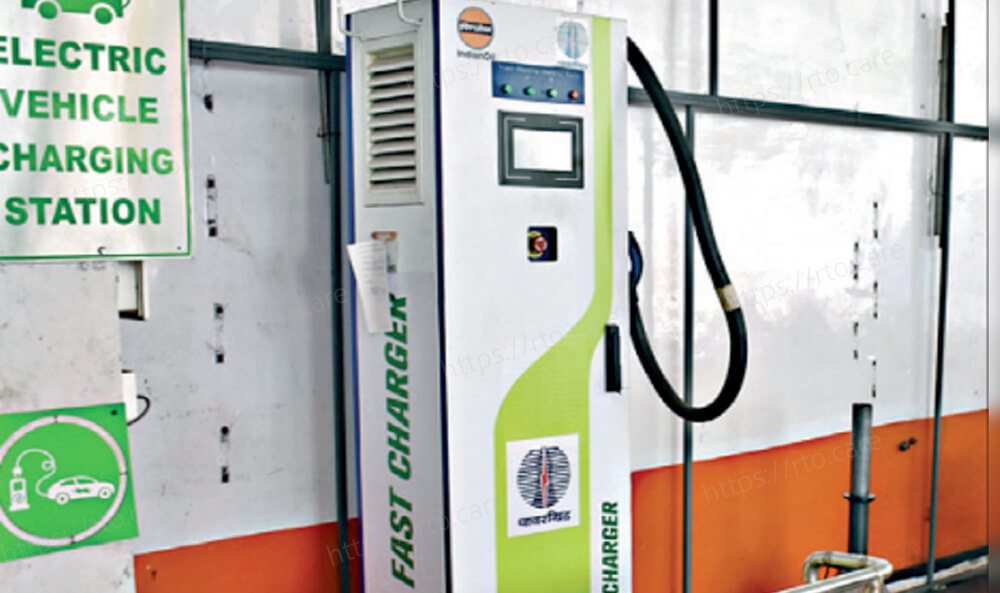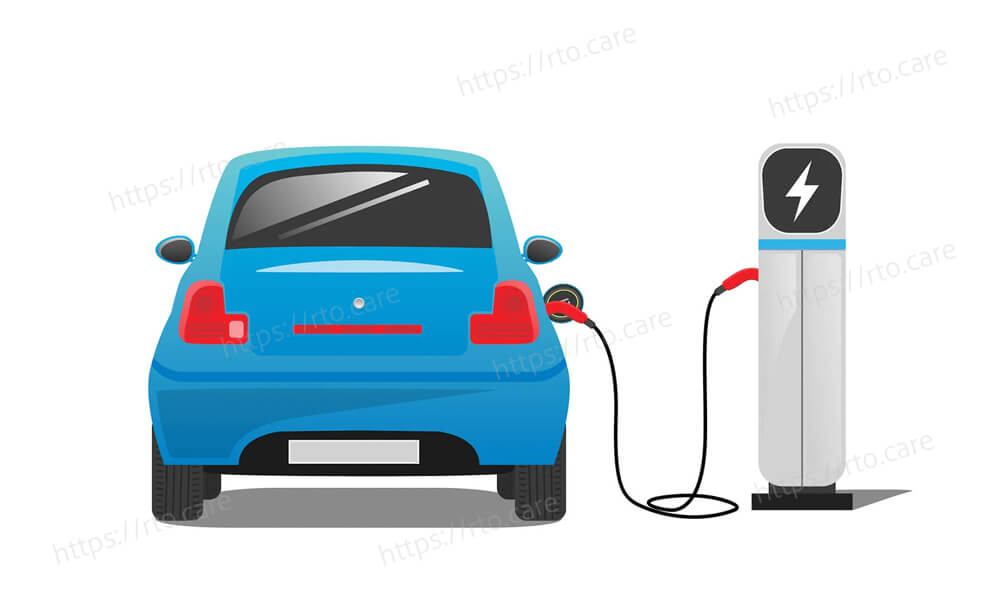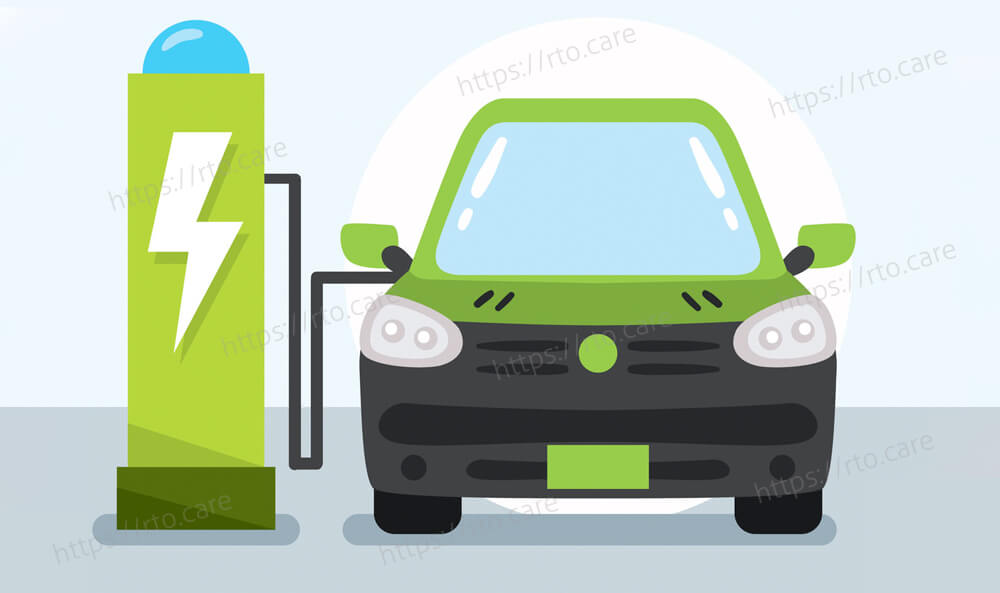India's electric two-wheeler and three-wheeler industry has achieved a significant milestone as the Bureau of Indian Standards (BIS) has officially recognized the country's first unified charging standard for light electric vehicles (LEVs). This groundbreaking standard, known as IS17017 (Part 2/Section 7):2023, is based on Ather Energy's charging connector and represents the world's first charging standard for small electric vehicles, including electric scooters, motorcycles ,Supports three AC and DC charging. Vehicle. -Wheeled vehicles, and quadricycles. The creation of this standard was a collaborative effort of BIS, NITI Aayog (a government think tank), Department of Science and Technology, Automotive Research Association of India and electric vehicle manufacturers.
Historically, due to the absence of a standardized charging system for electric two-wheelers and three-wheelers in India, most manufacturers adopted proprietary standards. This lack of interoperability has been a hindrance to the electric vehicle market. Additionally, some electric three-wheeler manufacturers resorted to older charging standards used in the Chinese market. While there is an established standard for electric four-wheel vehicles (CCS2), it is not suitable for integration into small EVs due to size and cost considerations.
The IS17017 charging standard addresses both use cases by providing a single connector that is capable of delivering up to 7.7 kW of AC charging and up to 12 kW of DC fast-charging. This standard not only provides flexibility to owners of electric two-wheelers and three-wheelers but also eliminates the need to carry bulky portable chargers all the time.
NITI Aayog CEO BVR Subramaniam highlighted the significance of this development, especially for India, where more than 75% of new vehicles sold are two or three wheelers. He described it as a unique global innovation that simplifies electric mobility by enabling both AC (slow) and DC (fast) charging from the same service point or station. This is likely to have a significant impact on the adoption and spread of electric mobility in the country.
This development is a major step forward for India's electric vehicle industry, simplifying product development for manufacturers and reducing customer concerns about the availability of charging infrastructure. This is expected to standardize the charging system for future electric two-wheeler models, eliminating the need for different designs for different charging requirements. Additionally, this standardization is expected to encourage more charging infrastructure firms to install chargers, thereby increasing public charging availability and improving customer experience.




